A growing number of drivers are reducing or avoiding night-time driving due to increasingly bright vehicle headlights, a new RAC study reveals.
The research, believed to be one of the most in-depth into headlight glare, highlights growing concerns over road safety and driver comfort.
A quarter (25%) of motorists who find vehicle headlights too bright are now driving less at night, while 22% say they wish they could avoid it. Among those cutting down their night-time journeys, three-quarters (75%) cite discomfort or difficulty due to glare, while nearly half (49%) say they feel less safe. Alarmingly, one in 20 (5%) have stopped driving at night altogether.
The issue of blinding headlights is widespread, with nearly all drivers agreeing that some lights are excessively bright. More than a third (36%) believe most headlights are too bright, with under-35s and those driving conventional hatchbacks, estates, and saloons more likely to share this view. However, even three in 10 SUV drivers (29%) acknowledge the problem.
Six-in-10 drivers (61%) who suffer from glare say the issue has worsened over the past year, and 79% report struggling to tell when some vehicles are indicating. A similar percentage say dazzling headlights make it difficult to judge the position (77%) or speed (74%) of oncoming vehicles, impacting overall driving confidence.
The problem is particularly pronounced among older drivers, with 65% of those aged 65-74 and 67% of those over 75 finding glare makes driving uncomfortable. Among all night-time drivers, nearly a fifth (17%) report feeling fatigued due to bright headlights, while 16% suffer headaches, migraines, or eye pain.
Experts point to a variety of factors contributing to headlight glare, including misaligned headlights, advancements in lighting technology, and a growing number of higher-riding vehicles such as SUVs.
RAC senior policy officer Rod Dennis acknowledges the severity of the issue, stating: “What was once a frustration is now significantly affecting drivers, from momentary blindness to reduced confidence on the road. The fact that so many people are driving less at night - or wish they could - is a clear indication that action is needed.”
The RAC’s campaigning efforts have led to government intervention, with a research project commissioned to investigate the causes of headlight glare and potential solutions. The findings are expected by summer 2025.
Baroness Dianne Hayter, who has supported the RAC’s push for action, said: “Virtually every driver experiences the problem of over-bright headlights, and for many, it’s severe enough to cut back on night driving. The RAC has provided clear evidence - now it’s time for the government to act.”
Speaking to BBC Radio 4 she said government had taken the issue seriously and had commissioned independent research into the issue of dazzling headlights. She tsting was being conducted using a left hand drive vehicle with optical instrumentation installed in the customary right side driver's position to try and work out the chief cause of glare and how headlights may be adapted to resolve the issue.
Denise Voon, clinical adviser at The College of Optometrists, added that optometrists are increasingly hearing complaints about night driving difficulties due to headlight glare. She urged motorists to ensure they wear their prescribed glasses or contact lenses when driving and to seek professional advice if experiencing vision problems.
Government data reveals that since 2013, an average of 280 crashes per year have been linked to headlight glare, with six fatalities annually. However, these figures only account for incidents where police officers could confirm dazzling lights as a contributing factor.
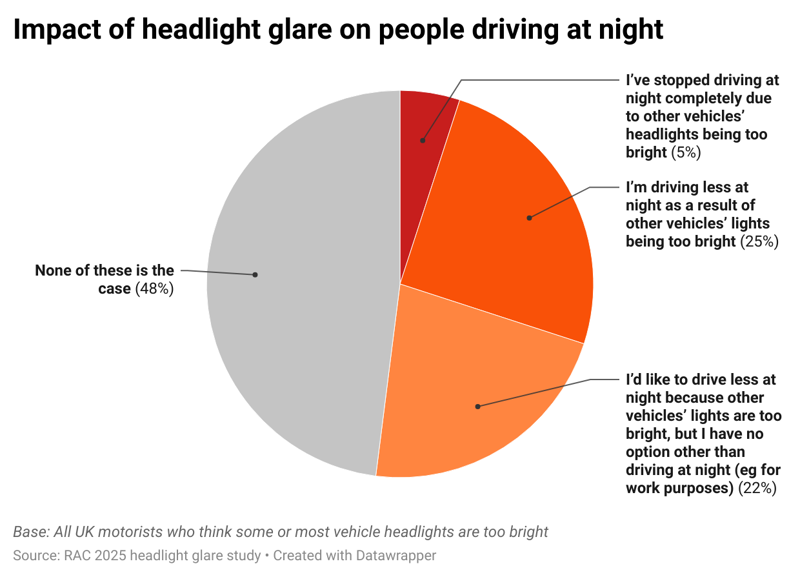
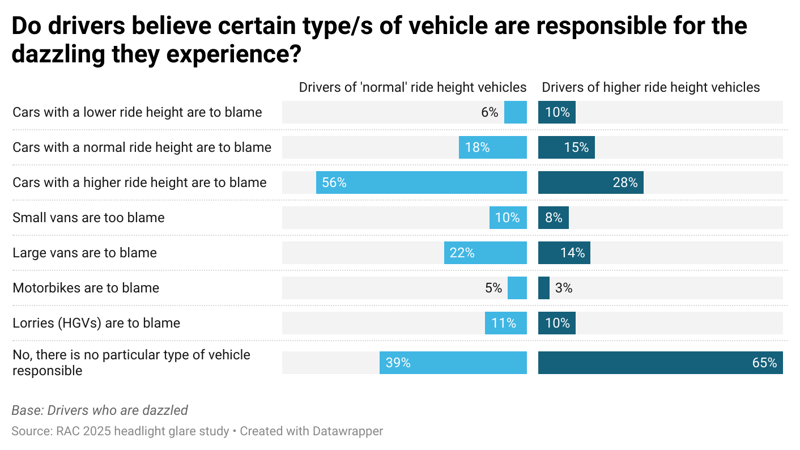
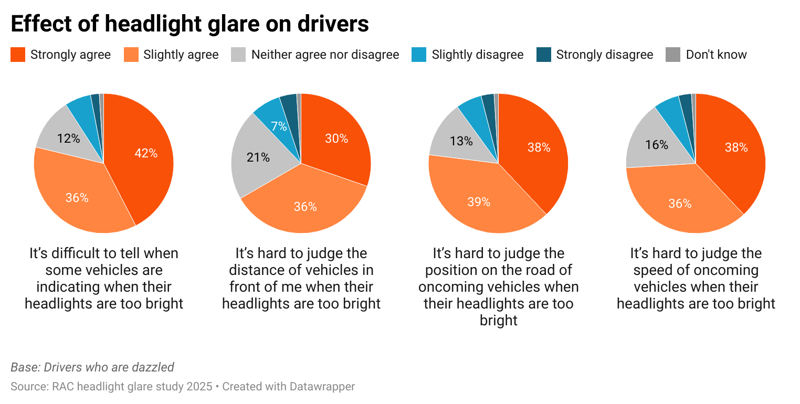

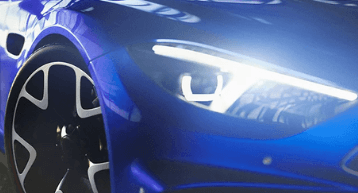


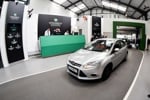






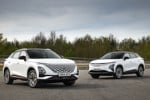





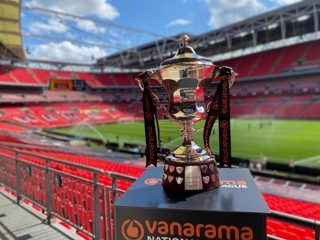


Login to comment
Comments
No comments have been made yet.